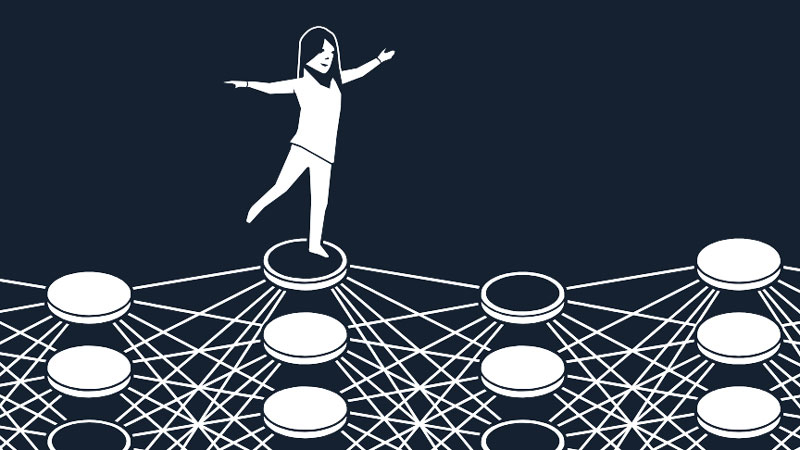A number of neural networks, machine learning algorithms and artificial intelligence are based on profound discoveries in the field of physics, as announced today by representatives of the Nobel Committee of the Karolinska Institute in Stockholm. The 2024 prize was awarded to physicist John Hopfield and mathematician Geoffrey Hinton.

Image source: nobelprize.org
John Hopfield was born on July 15, 1933, and received his PhD in physics in 1958 from Cornell University. Geoffrey Hinton was born on December 6, 1947, and received a PhD in AI from the University of Edinburgh in 1978. It is interesting to note that Hinton is the great-grandson of the famous British mathematician George Boole (1815–1864). He is now a fellow at the University of Toronto, Canada.
Both began working closely on neural networks in the early 1980s. John Hopfield became famous in 1982 as the inventor of the associative neural network, which received his name. Hinton invented a method that automated the data extraction process to identify image elements. Where is the physics in all this?
To create the neural network, Hopfield took advantage of the well-known property of atoms to strive for the lowest value of their energy. The Hopfield network is described in a manner equivalent to the behavior of energy in a system of atomic spins. Learning occurs by finding values for connections between network nodes such that the stored images have low energy. Then the search comes down to processing connections between nodes in such a way that the network energy decreases, and this would lead to the discovery of the best match.
Geoffrey Hinton used the Hopfield network as the basis for a new network using a different method: the Boltzmann machine. With its help, you can learn to recognize characteristic elements in data of a particular type. To do this, Hinton used the tools of statistical physics, the science of systems built from many similar components. The machine learns by giving it examples that are likely to occur when the machine is run. The Boltzmann machine can be used to classify images or create new examples (drawings) on which it has been trained.
«The work of the laureates has already brought the greatest benefit. In physics, we use artificial neural networks in a wide range of areas, such as the development of new materials with specific properties,” Ellen Moons, chair of the Nobel Committee for Physics, commented on the award.